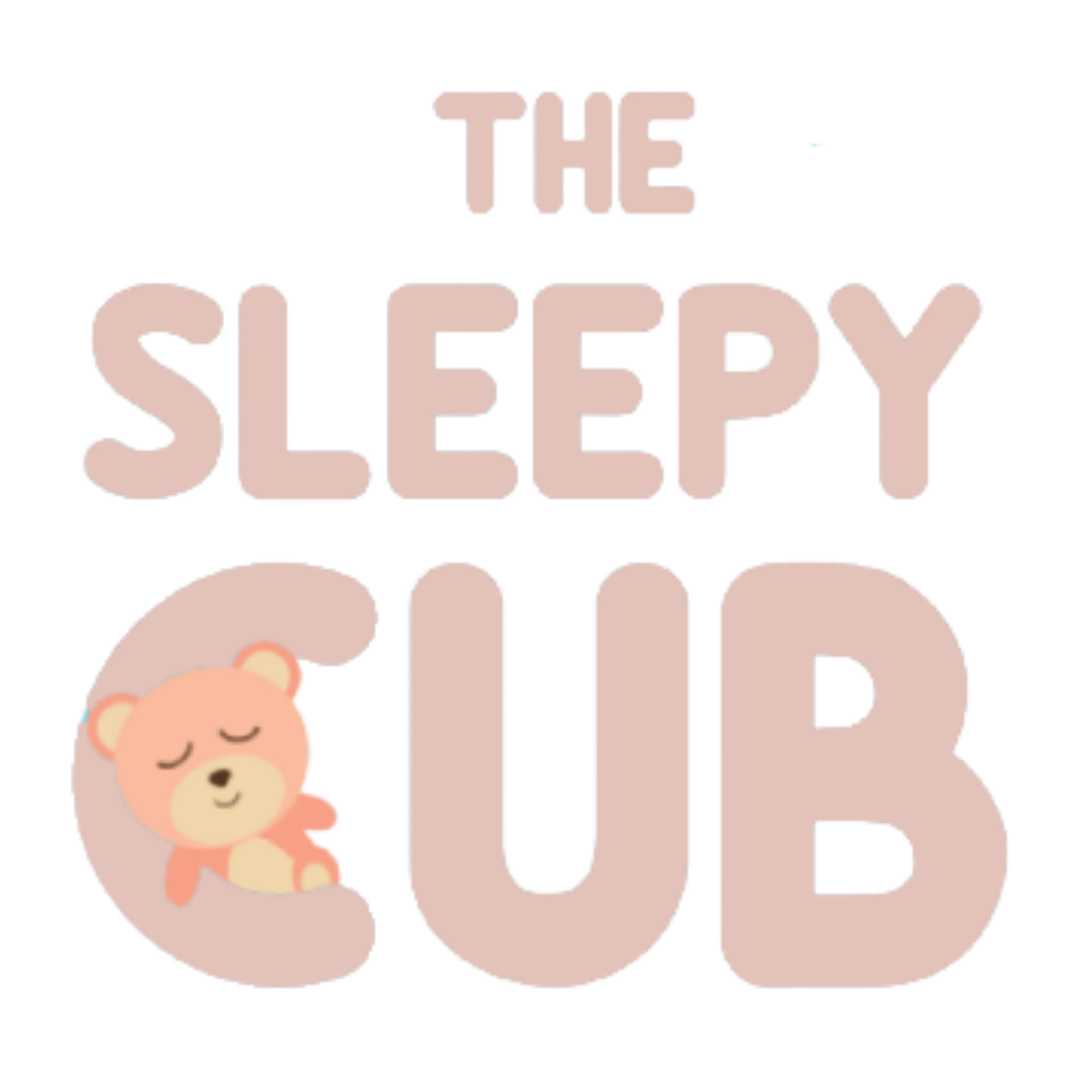Contrary to what some people may think, sleep training and attachment parenting are not mutually exclusive. Learn how you can implement both strategies!
Every parent, to some degree, wants what’s best for their child. But in today’s world, there are often many different ways to go about achieving this.
One area where this is especially true is when it comes to sleep training and attachment parenting.
These two approaches can seem like polar opposites—one is all about teaching independence, while the other emphasizes the importance of bonding. However, they’re not as different as you might think.
Here is how sleep training and attachment parenting can co-exist without sacrificing the well-being of your child.
What is attachment parenting?
Attachment parenting is a parenting philosophy that emphasizes the importance of bonding. The goal is to create an emotional connection between you and your baby. It was popularized by Drs. William and Martha Sears in their 1993 publication, “The Baby Book.”
This can be done through skin-to-skin contact, breastfeeding, co-sleeping, and carrying your baby in a sling.
Attachment parenting focuses on meeting both the child’s emotional needs and the child’s physical needs.
For instance, when parents respond sensitively to their children’s needs for comfort, they may provide “co-regulation” by holding and comforting them until their distress has passed.
There’s no scientific evidence that this parenting philosophy is better or worse than other parenting styles.
Some people believe that attachment parenting practices help your baby learn how to self-soothe and fall asleep without any help from you. Others believe that these practices can make it hard for your baby to learn how to fall asleep independently.
What is sleep training?
Sleep training is the process of teaching your baby to sleep through the night on her own.
Contrary to what some parents may think, sleep training doesn’t involve closing the door at bedtime and leaving your little one to cry it out until the next morning.
Sleep training involves giving your baby a few minutes to see if she can fall asleep on her own before offering comfort and reassurance. This process can be repeated until your baby falls asleep.
There are different types of sleep training, including the Ferber method, the Pick Up Put Down method and the Fading method. Some methods involve more crying than others, but generally, all sleep training methods involve crying.
Parents often first try sleep training when their baby is between six and eight months old. But it can be done at any time.
The first few days of sleep training are often challenging for parents and their babies. Babies may cry, and parents may find this emotionally draining. But the idea behind sleep training is that eventually, these cries will stop. Crying while sleep training doesn’t mean that your baby is in some pain or under stress. Crying is simply their way of expressing their discontentment and frustration.
Sleep-trained babies eventually learn how to put themselves back to sleep after waking in the middle of the night or during nap time. This prevents sleep deprivation in parents and can improve the well-being of the entire family.
Can sleep training and attachment parenting co-exist?
Absolutely! Sleep training doesn’t ask parents to abandon co-sleeping or breastfeeding. It doesn’t have to be this or that or an “all or nothing” process. The end goal is to teach a baby how to fall asleep more independently in a safe and loving environment. Once a baby learns how to self-soothe, the need to breastfeed at night also fades. Many breastfeeding parents often feed their sleep-trained babies once per night.
We can compare sleep training to teaching your baby how to roll, crawl, or walk. You’re supporting your baby through a process of learning, in this case, learning how to sleep more independently.
Not to mention that there are many gentle sleep training techniques that teach a baby how to self-soothe with lots of hands-on support from you. Some sleep training methods let you stay with your baby the entire time and offer support by voice and touch while giving her the time and space to learn how to self-soothe.
In other words, you are involved in the entire process of sleep training. You’re not sitting back and listening to your little one cry. On the contrary, you’re allowing your baby to learn and grow by offering assistance only when they need your help. Just like a coach, you can give your child the tools, and help her learn to use them, but you can’t do it for her.
Final word
Sleep is critical for the well-being of your child and your entire family. If your current sleeping arrangement is working well for you, that’s amazing news! Enjoy every second of it!
But if you and your baby spend more time awake than asleep, then it’s time to make a change. You can sleep train your little one while maintaining the trusting bond you have with her. Simply find the sleep training method that works for you.
If you feel like you’re not making some good progress with sleep training your baby, consider hiring a sleep consultant to take an in-depth look at your baby’s sleep history and help you with this. An experienced sleep trainer can make the process easier for both the parent and the child. Connect with us today and get a personalized plan for your baby. We’ll be there to guide you every step of the way.
